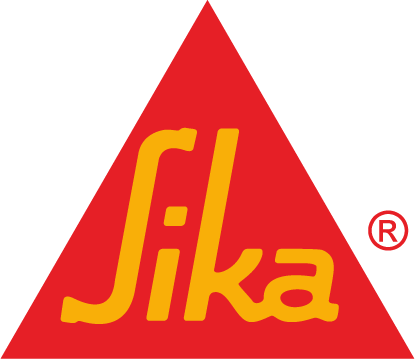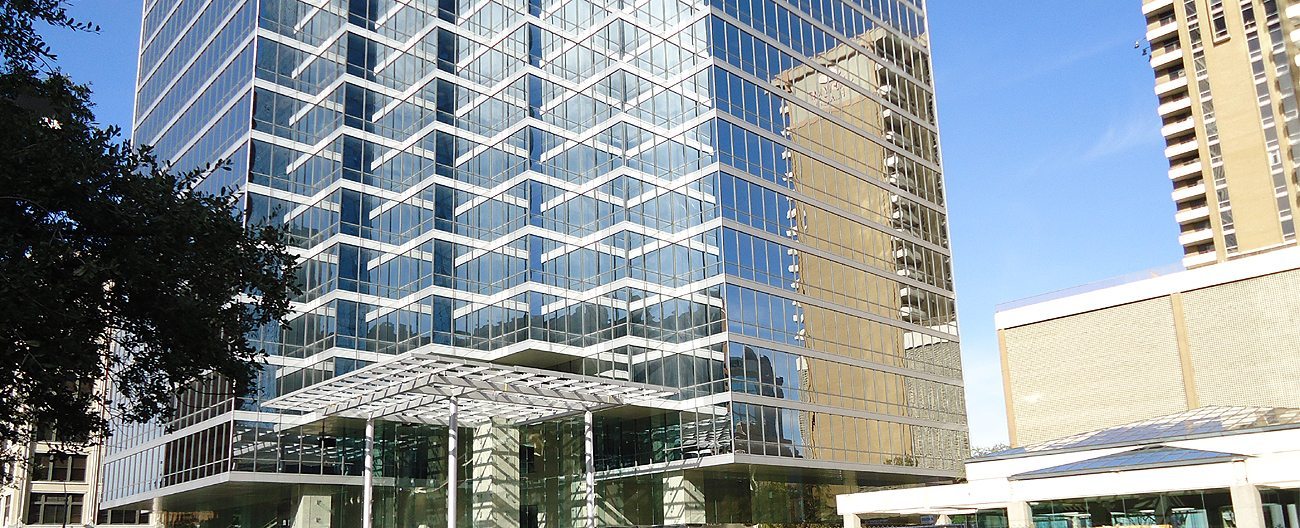Features Explained
Features:
Finite Element Analysis (FEA) Compiled Safety Factors – SJS-HD was modeled using FEA to determine the suitability of design to worst case possible bus/truck, tire-torque, scenarios:
In this procedure we have modeled what we feel to be the worst case scenario that our SJS-HD product will experience:
1) A 10-inch (250mm) Joint at its maximum open condition of 15″ (380mm).
2) Bus tire parked directly on top of the cover plate at mid-span
3) Bus fully loaded, exerting 8,000 lbs on a 12″ x 12″ tire contact patch
4) The bus wheel is exerting maximum turning force on the plate of 30,800 in*lbs (as given by the formula provided in the report.
The coverplate material modeled is ¾” thick Type 304 stainless steel. The spline is 6-inch deep aluminum. The additional depth in comparison to standard SJS allows the flanking precompressed foam to be deeper by 2-inches (50mm) than the standard. This increases the surface area of foam and consequently the spring resistance of the foam. The spring resistance is necessary to resist the torsional deflection under the turning force of the stationing bus tire. The coverplates in the model are secured using 3/8″-diameter stainless steel screws on 3-inch (75mm) center spacing (double the spacing of standard SJS).
In this configuration, the model predicts a maximum vertical deflection of the 3/4″ 304SS cover plate of 0.013″, and a maximum stress of about 9,500psi. The maximum allowable stress assuring “infinite” life (greater than 1,000,000 cycles) is about 22,000 psi. We are well below this number (a safety factor of 2.3), and so are in no danger of a fatigue related failure of the cover plate.
Also, the model predicts, for the torque-induced stress of a turning stationary tire, a horizontal deflection (twist) between 0.167″ and 0.389″, depending on how friction is modeled. This deflection would be momentary, as the torque loads drop to 1/3 of static values once the tire begins to turn (slip). Deflections would be correspondingly reduced for this situation, and for the scenario where the bus is turning as it transits the plate.
Again, the above is a worst case scenario, so at anything other than maximum joint the horizontal deflections will be reduced proportionally due to increased contact area friction between the plate and the deck. If you also include the fact that it is unlikely that the bus will be fully loaded for all cycles, the design we’ve arrived at should be more than adequate. Click here for a .pdf of the complete FEA report.
Watertight – The tensionless silicone bellows are installed flush to the mounting height of the system and just below the coverplate ensuring watertightness at the traffic surface. This eliminates the need for ineffective moisture barriers, secondary gutter systems, or other water management systems.
Sound Attenuation – The flanking impregnated foam and silicone hybrid dampens sound and shock effectively. Installation over EMSEAL-suppliedelastomeric nosing material results in arguably the quietest coverplate system available.
Easier Installation – Using non-invasive anchoring the SJS-HD eliminates hard metal-to-concrete connections as well as intrusive pins, anchors, screws, bolts or tracks, trays or rails. The system is locked to the joint faces by the backpressure of the foam and an epoxy adhesive.
Self-Locating Coverplate Screws – The center spline is a continuous receptor for the coverplate screws that self-thread and lock into the anchor channel. This dramatically reduces the installation-related problems of locating self-centering-bar, sliding ball devices and pantographs. The probability of screws being left out is eliminated ensuring proper anchoring.
Self-Locking, Vibration-Dampened Screws – Vibration in systems that rely on metal-to-metal connections and contact points is the main cause of screw loosening. SJS-HD by EMSEAL minimizes vibration through the dampening action of the massive and continuous springs of impregnated foam along the entire length of the joint. In addition, 30 pounds of force is required to loosen the screws ensuring excellent screw tightness without the need for thread-lock compounds.
Field-Adjustable Plate Support – Concrete in new and retrofit applications is inevitably uneven across and along the joint. The SJS-HD is installed over a leveling-bed of EMSEAL-supplied elastomeric nosing material providing the ability to fine-tune the support of coverplate sections reducing rocking and noise caused by unleveled plates. Systems that attach or utilize intrusive extruded rails to receive sliding ball and socket devices cannot be adjusted to eliminate unevenness across and down the length of the joint.
Continuity of Seal – All EMSEAL expansion joint systems feature continuity of seal through changes in plane and direction –– an essential performance differentiator. Fabricated transitions from deck to wall, at curbs, sidewalks, parapets, tees, and crosses are available with the SJS-HD.



